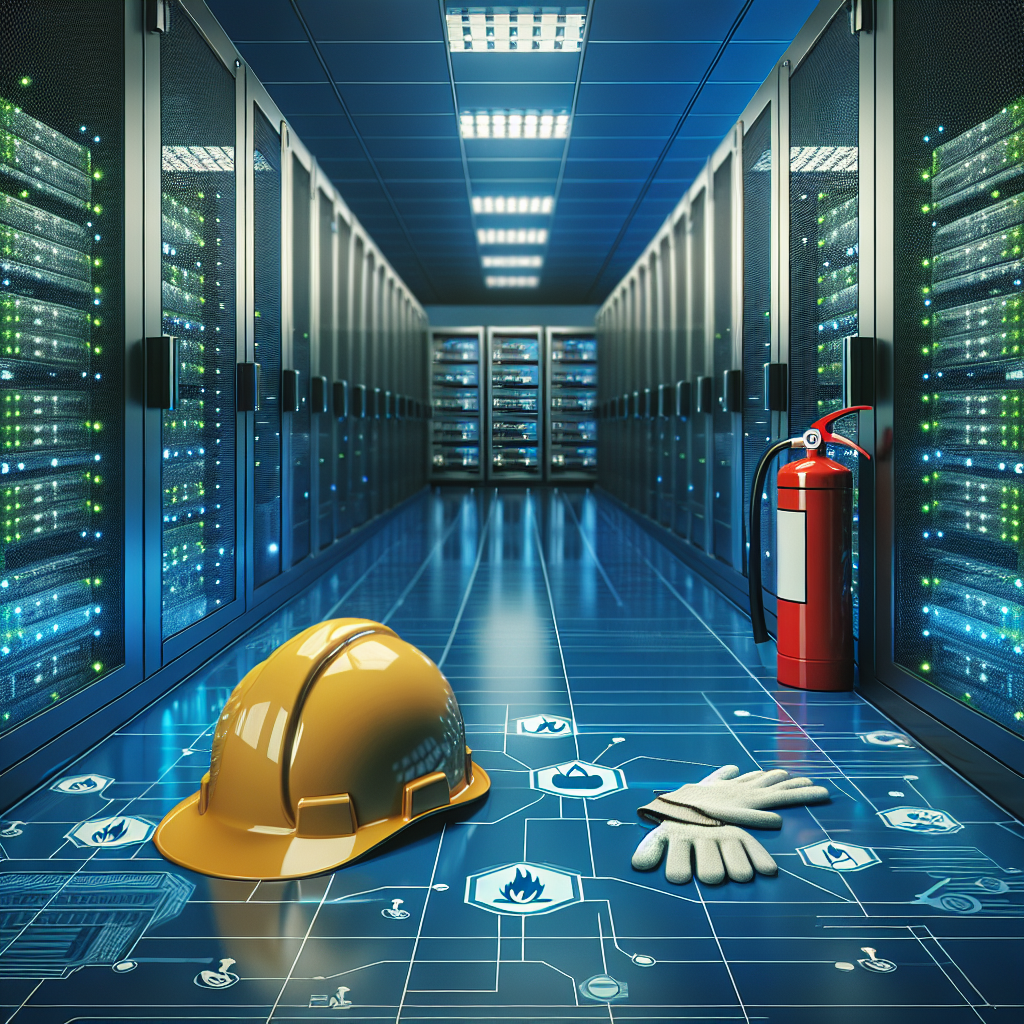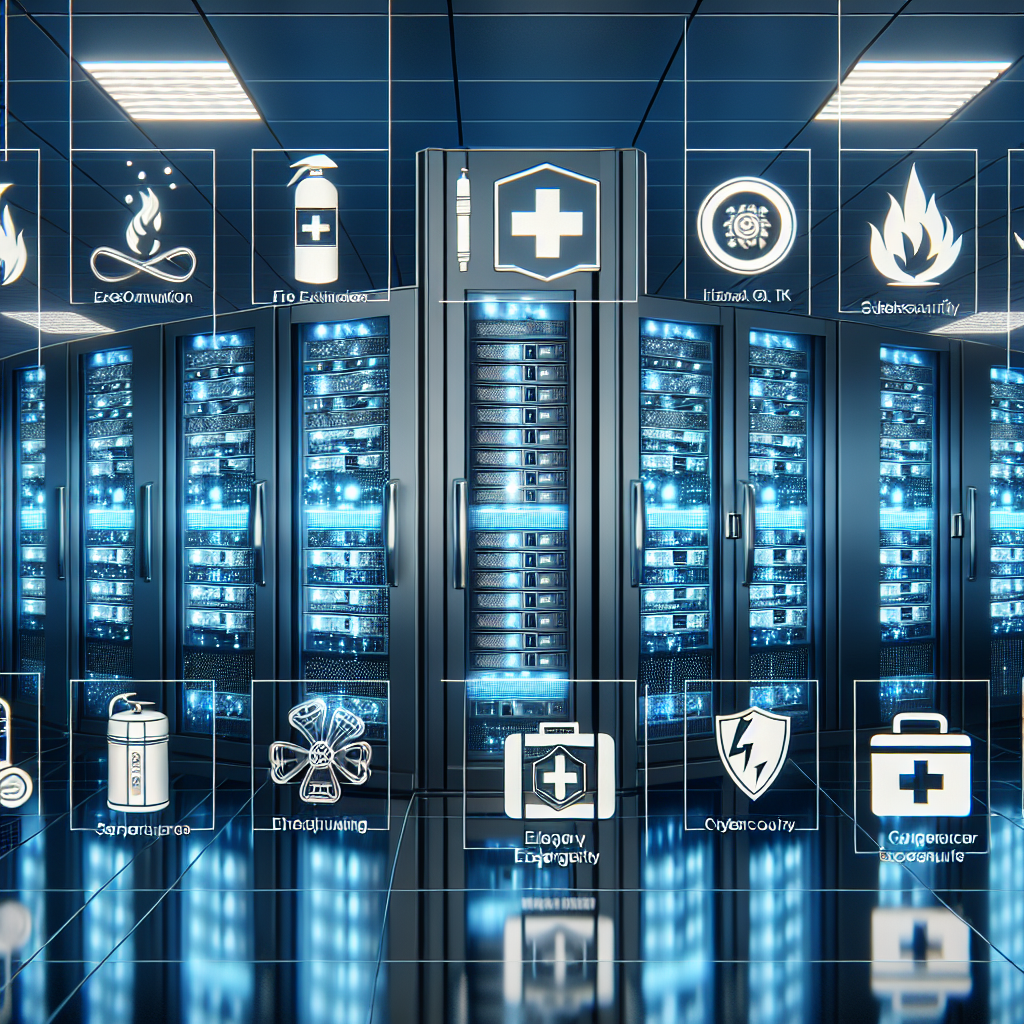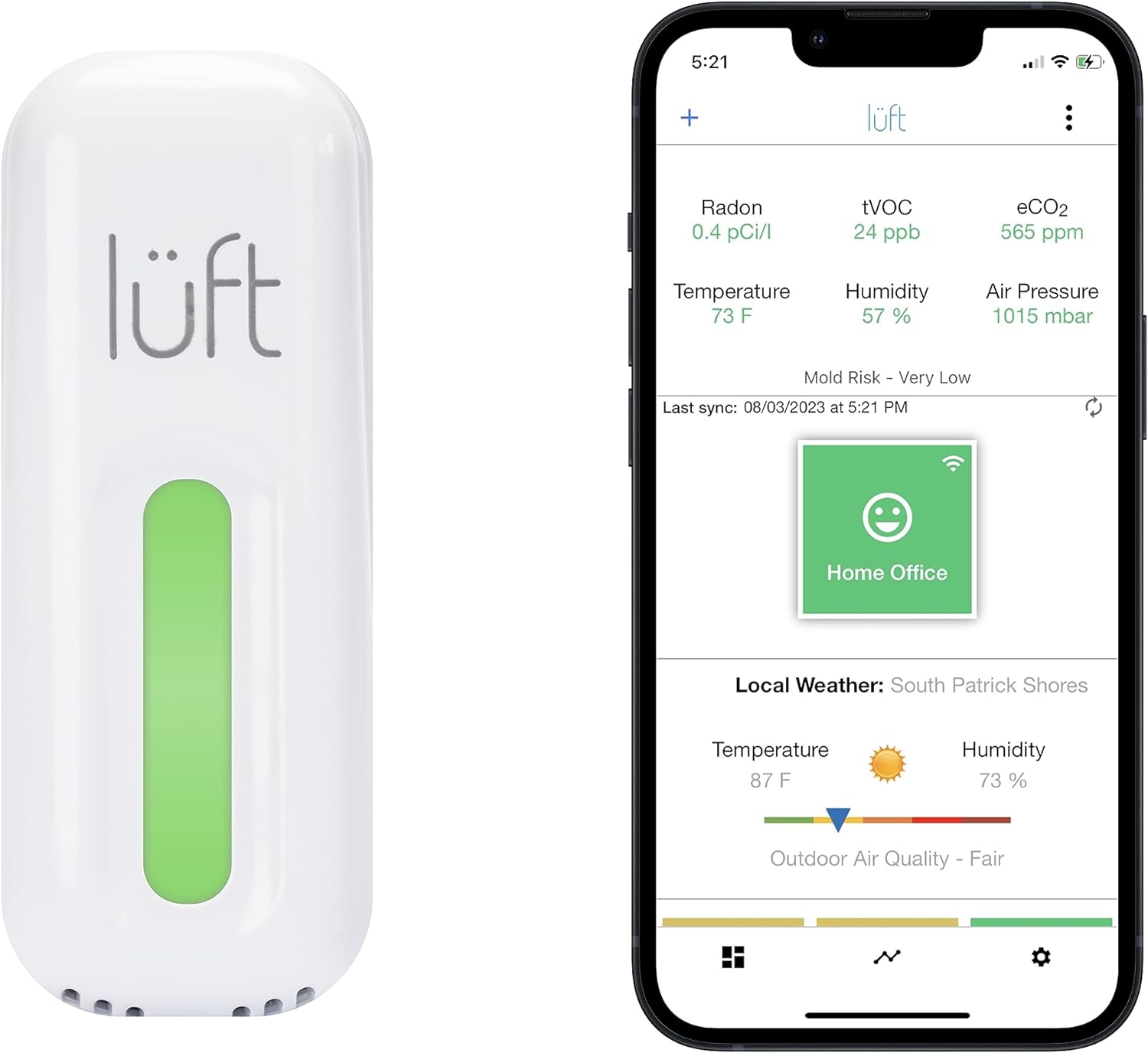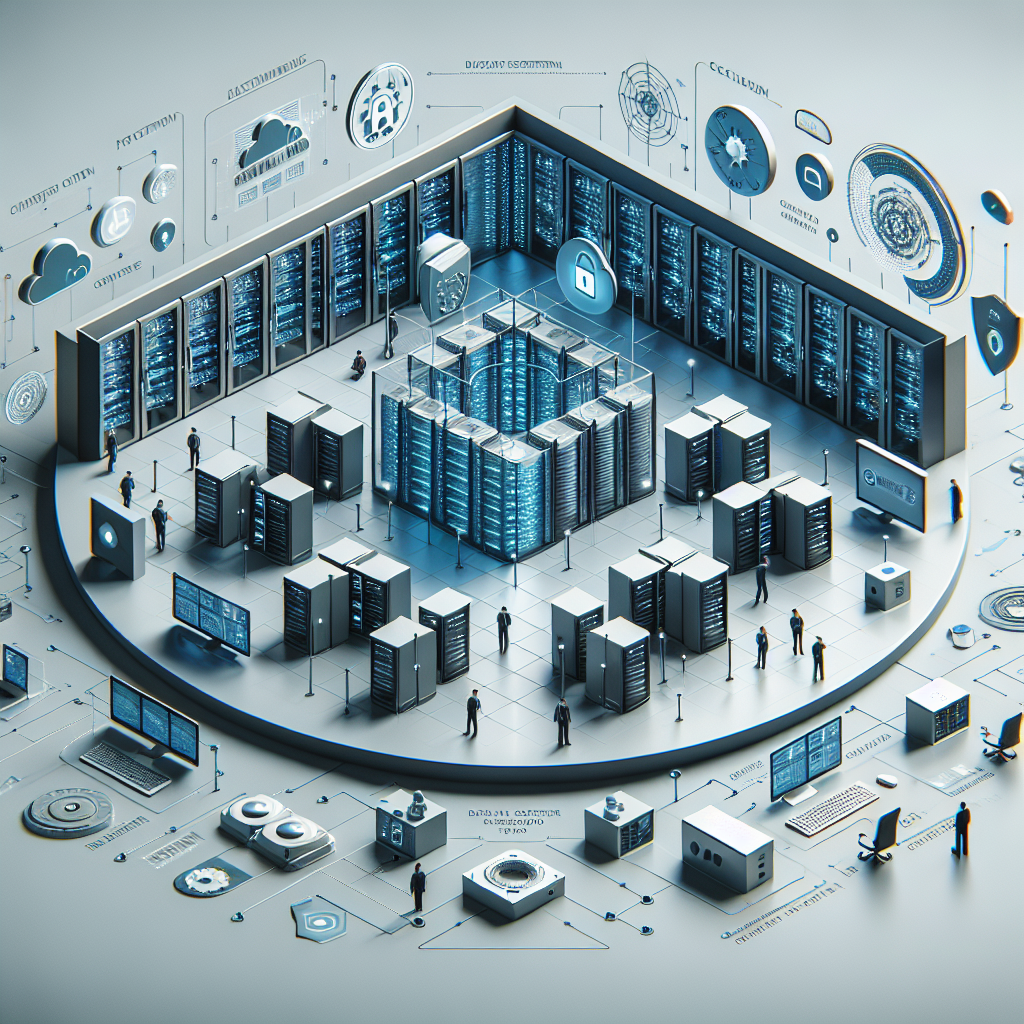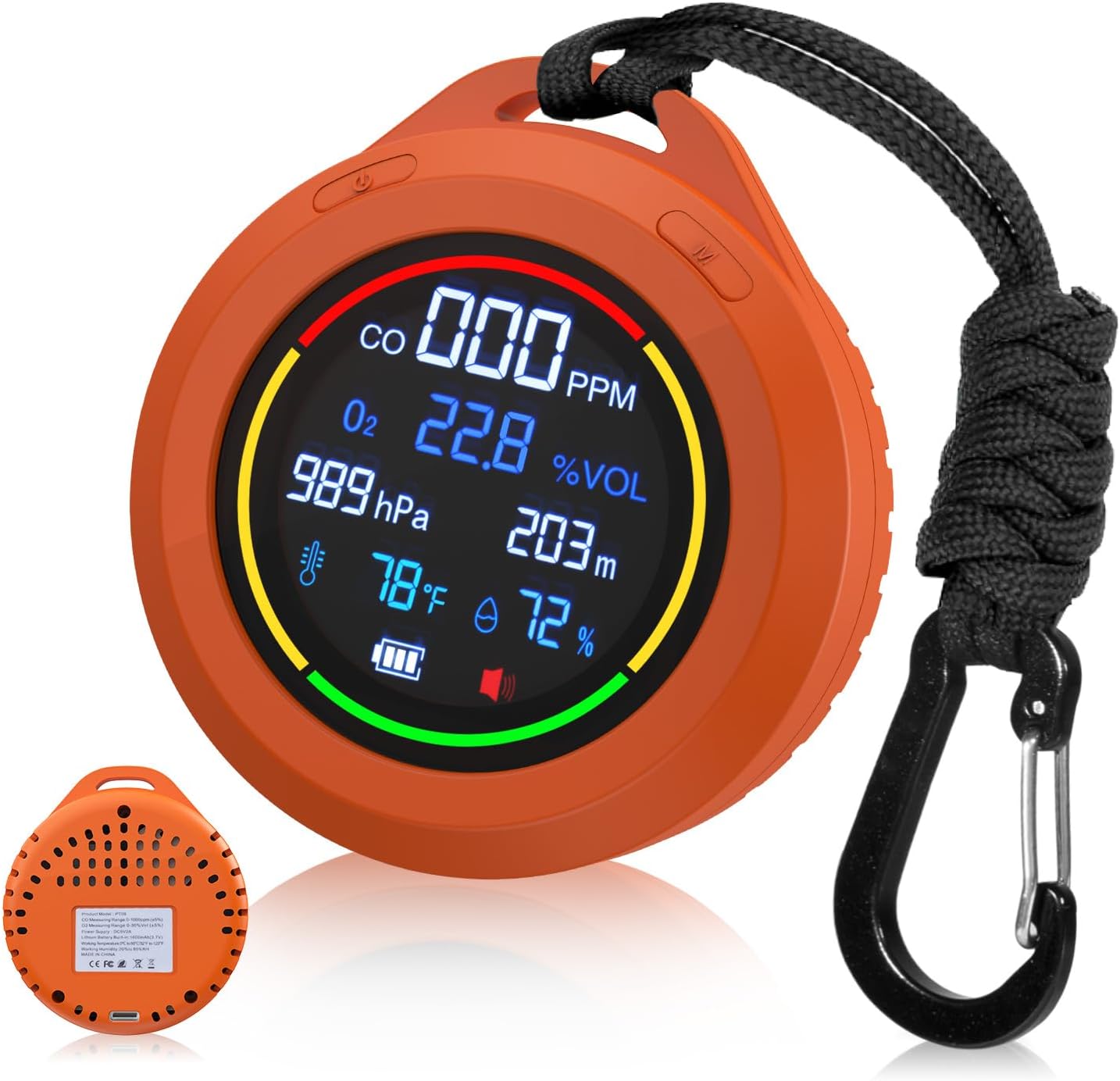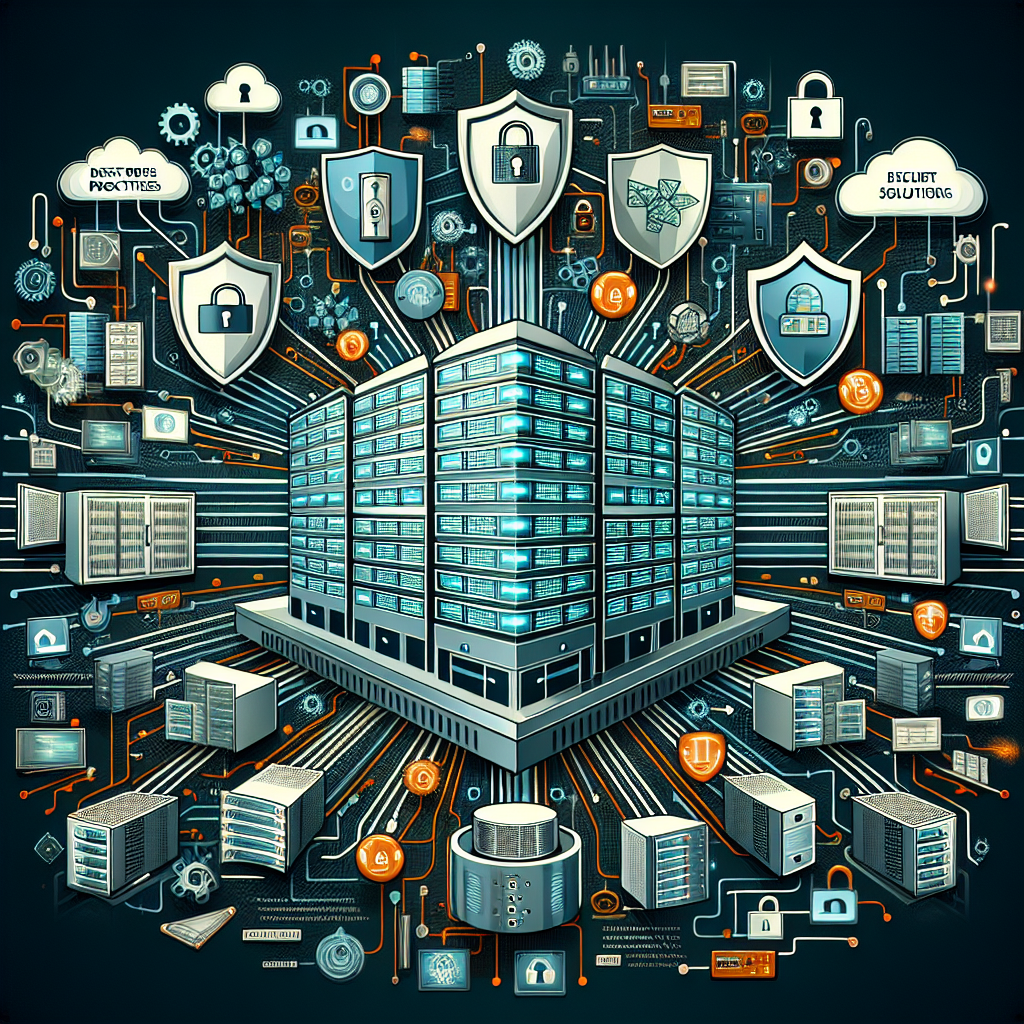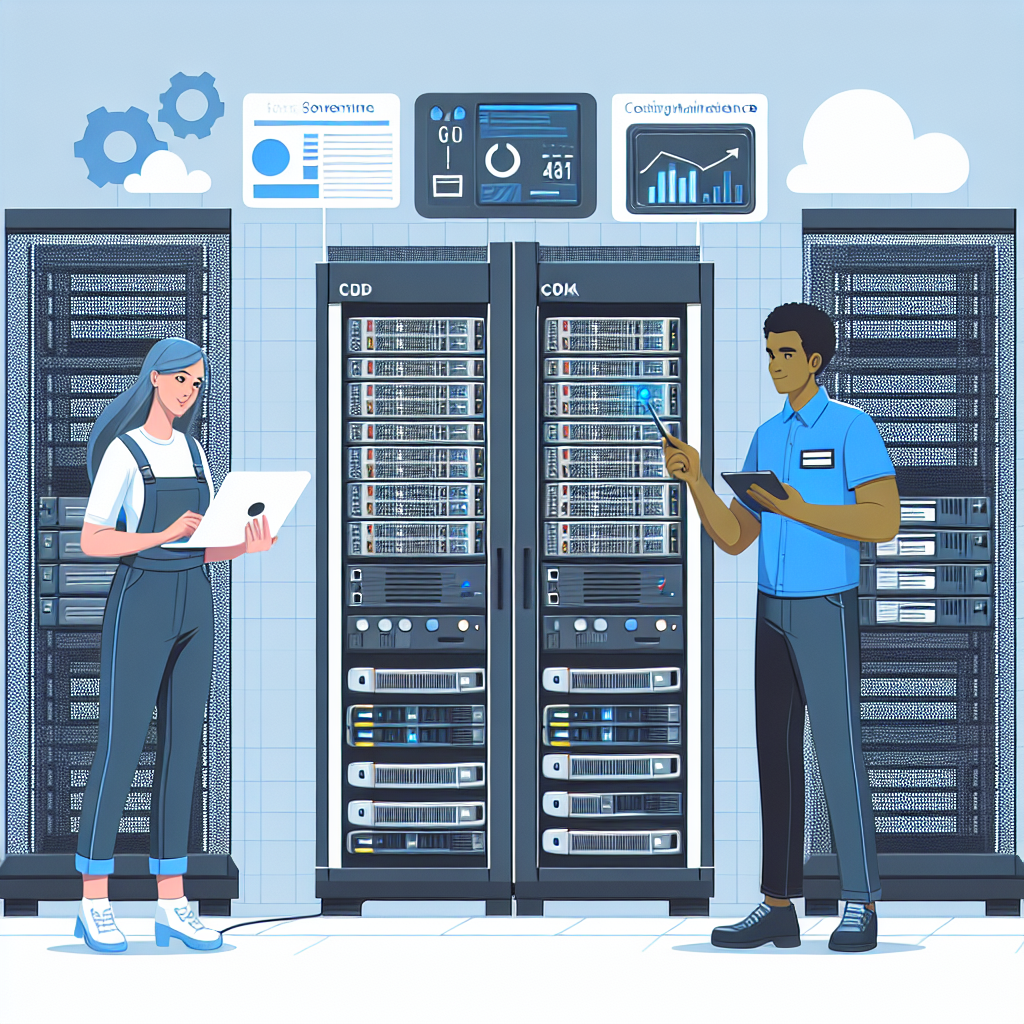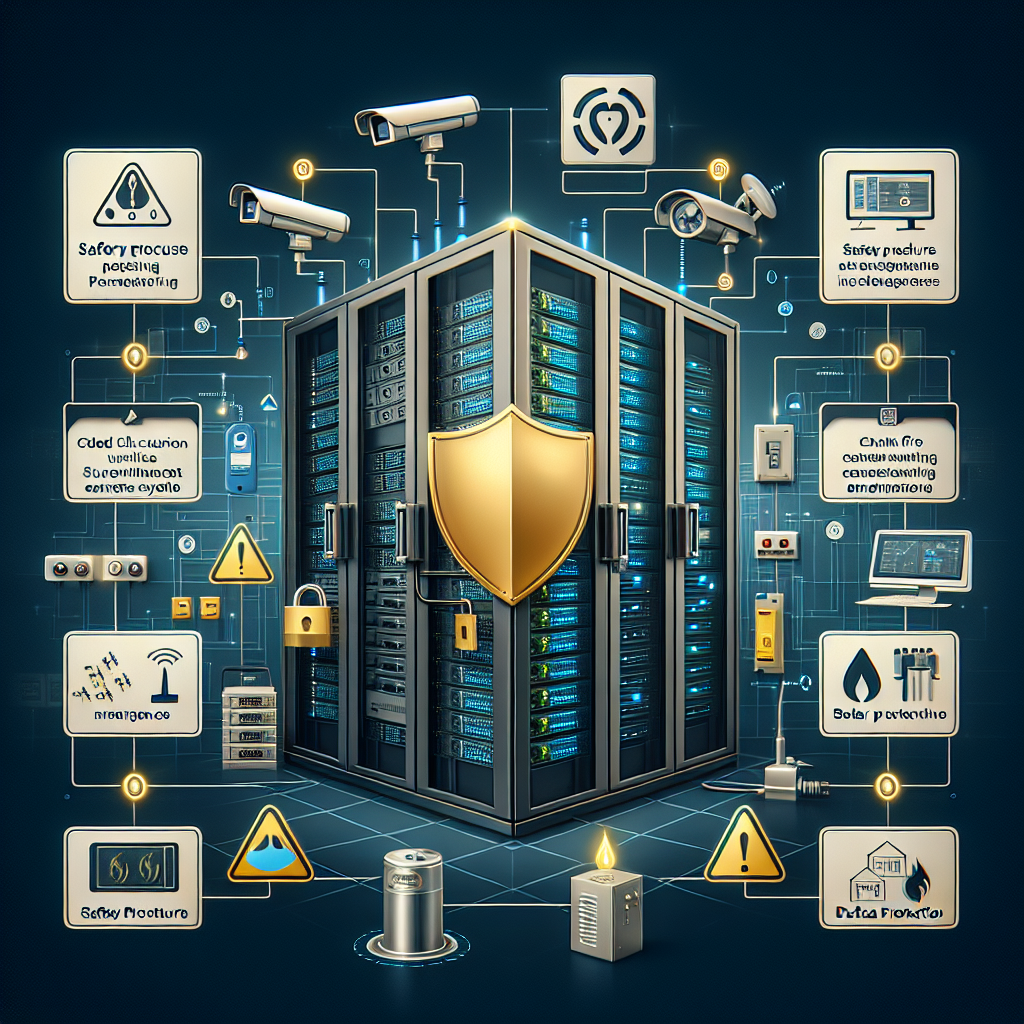Data centers play a critical role in the modern digital landscape, housing the servers and equipment that store and process vast amounts of information. With so much valuable data at stake, it is essential to prioritize safety measures to protect both the equipment and the people who work in these facilities. Implementing effective safety measures in your data center can help prevent accidents, protect against security threats, and ensure the continuity of operations. In this article, we will discuss some key strategies for enhancing safety in your data center.
Physical Security Measures
One of the first steps in ensuring the safety of your data center is to establish robust physical security measures. This includes controlling access to the facility through secure entry points, such as keycard or biometric systems. Limiting access to only authorized personnel can help prevent unauthorized individuals from entering the data center and potentially compromising sensitive information.
In addition to access control, it is important to implement surveillance cameras and monitoring systems to keep a watchful eye on the facility. These systems can help detect any suspicious activity or security breaches, allowing for a quick response to mitigate potential threats.
Proper Equipment Maintenance
Regular maintenance of data center equipment is essential for ensuring the safety and reliability of the facility. This includes conducting routine inspections, testing equipment for potential issues, and promptly addressing any maintenance needs. By staying proactive with equipment maintenance, you can prevent unexpected failures and minimize the risk of accidents or downtime.
Fire Prevention and Suppression
Data centers are at risk of fire due to the high concentration of electrical equipment and wiring. Implementing fire prevention measures, such as proper cable management and regular inspections, can help reduce the likelihood of a fire breaking out. Additionally, installing fire suppression systems, such as sprinklers or gas-based suppression systems, can help quickly extinguish a fire and prevent it from spreading.
Environmental Monitoring
Monitoring environmental conditions in the data center, such as temperature and humidity levels, is crucial for maintaining optimal operating conditions and preventing equipment failures. Implementing environmental monitoring systems can help detect any deviations from normal conditions and trigger alerts to address potential issues before they escalate.
Employee Training and Awareness
Lastly, ensuring that employees are properly trained in safety protocols and aware of potential risks is key to maintaining a safe working environment in the data center. Providing regular training sessions on safety procedures, emergency response protocols, and best practices can help empower employees to take proactive steps to ensure their own safety and the safety of the facility.
In conclusion, implementing effective safety measures in your data center is essential for protecting valuable equipment and data, as well as ensuring the well-being of employees. By prioritizing physical security, equipment maintenance, fire prevention, environmental monitoring, and employee training, you can create a safe and secure environment for your data center operations. Remember, safety should always come first in any data center setting.
